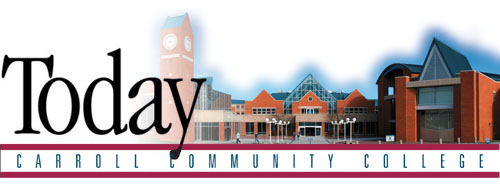|
U.S. colleges and universities have had to disclose their graduation rates since Congress passed the Student Right-to-Know Act in 1990. Graduation rates have been collected as part of the federal IPEDS data collection since 1997. In 2008 Congress mandated that these rates be published online on the Department of Education’s “College Navigator” website.
The federal definition for calculating graduation rates has several limitations that yield misleading information about community colleges. The chief flaws are inadequate exclusion of non-degree-seeking students, an assumption that students who start full-time remain full-time, failure to follow students as they transfer among institutions and across state lines, and a study period too short to capture most completions.
A number of organizations have proposed improved definitions, with varying levels of success. This summer, the National Student Clearinghouse Research Center sent “Institutional Benchmark Reports” to colleges participating in Clearinghouse data collections. They tracked students starting in fall 2007 for six years. These reports provide the most meaningful and best available data on community college completion rates.
Nationally, 39.9 percent of students starting at community colleges had earned a certificate or degree within six years. For Carroll Community College, the comparable rate was 51.5 percent. For students able to exclusively attend full-time, Carroll’s completion rate was 66.6 percent, compared to 57.6 percent for all community college entrants nationally.
Carroll students were more likely to have succeeded after transfer to four-year colleges and universities. Among students starting at Carroll in 2007, 27.6 percent had earned an award from a baccalaureate institution within six years of starting college—compared to 17.2 percent nationally. For Carroll students who were able to consistently enroll full-time, this rate increased to 45.9 percent—compared to 29.1 percent for community college students nationally.
Back to top
|
